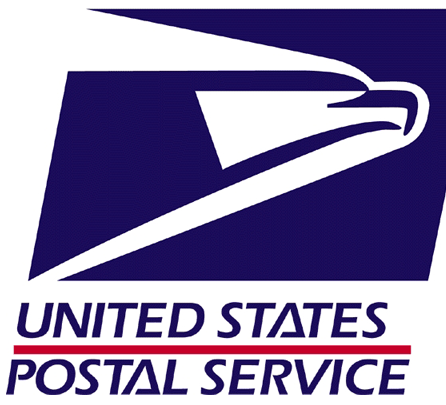For decades, I’ve criticized the U.S. Postal Service (USPS) for its high operating costs, inefficiencies, and abuses of its monopoly status. With a deficit of $3.9 billion in fiscal year 2018—a continuation of years of losses—it’s no wonder that addressing its problems is again on the agenda of the administration and Congress.
USPS is, in some ways, lurching in the right direction. Policymakers, therefore, need to get real about reform. This means not buying into sexy-sounding but impractical and even counter-productive schemes and, if possible, helping USPS along its way.
USPS holds a legal monopoly on the delivery of letter mail. It also operates under a universal service obligation. It must deliver to every address in the country. This obligation was justified before the era of trains, planes, automobiles, telephones, radio, TV, and the internet, as a way to facilitate personal and commercial communications and help bind together our vast, young country. In our technological era, is such a mandate and monopoly still necessary? Should reform start here? The short answer is “no.” In this political era, such changes are not in the cards.
So, does getting real mean taking up the recommendations from the Trump administration’s 2018 task force on “United States Postal Service: A Sustainable Path Forward“? These recommendations incongruously support the universal service obligation while simultaneously seeking changes that would undermine the one part of the postal operation that brings in the revenue necessary to sustain a nationwide network: the package delivery business.
Thanks to e-commerce, with Amazon and eBay leading the way, revenues from package delivery jumped 10 percent during the past year, from $19.5 billion to $21.5 billion. Indeed, e-commerce is transforming the retail industry in America in the same way Sears catalogs, department stores, malls, and Wal-Marts did in the past. USPS is benefiting too.
Since USPS competes with private carriers for package delivery, it is rightly required by law to charge prices that cover its costs for delivering those packages and cover a share of the overhead, or institutional costs. Currently, package delivery covers approximately 25 percent of overhead. Fair competition and access to affordable package delivery services benefit all Americans, especially consumers and businesses in rural and urban underserved areas.
The task force concocts excuses to force USPS to charge much higher rates than legally required to package shippers, its most valuable customers. USPS regularly renegotiates rates with its various customers to hit price points in the interest of all parties. It is fair to say USPS should try to get the best deal it can, but forcing USPS to raise prices above competitive levels, as the task force proposes, would only drive away package business and hurt the USPS’s bottom line. Get real!
The task force report suggests creating separate categories for “essential” and “commercial” packages, with higher rates for the latter. But what is “essential?” Medicine for sick individuals or warm clothing for Minnesotans in winter? Those decisions would no doubt be made based on political pull. And how would the regulation be enforced? Surely most people would mark their closed, sealed packages “essential” to avoid higher fees. Would USPS have to hire an army of inspectors to somehow figure out what’s in each envelope, wiping out any extra revenues from commercial packages?
In the early 1990s, postal inspectors harassed FedEx customers, demanding to see records to make certain that businesses were not violating Private Express Statutes, which allow businesses only to use services such as FedEx for non-routine “extremely urgent” letters. That brought a backlash, and the practice was subsequently abandoned. Essential and commercial? Get real!
What about privatization? In a real sense, privatization is taking place right now. The Postal Service process consists of several functions. Mail is collected from users, mostly at USPS mailboxes and post offices. But mail then must be sorted, combined, separated, and transported long-distance and then to local distribution centers. Increasingly, the private sector is performing these logistical functions through work sharing and contracting for services. Federal Express, with its fleet of private planes, carries its own priority mail as well as postal mail.
The USPS workforce has dropped from around 800,000 in 1999 to about 500,000 today. The number of letter carriers was down at one point to 180,000 and is now around 211,000, because the workforce is being redirected to where it is needed most. Delivering mail and packages that last mile, to your door, is the most important and valuable part of the USPS operation.
The task force report does, correctly, support the continuation and expansion of the private functions and work-sharing activities for functions between mail and package pickup and delivery to customers. But labor costs and pensions are the biggest factors driving USPS deficits. Unlike with most federal agencies, USPS is required to pre-fund pension and health benefits for postal retirees. In 2018, it failed to make its required payment.
As the administration and Congress consider Postal Service reform, it should get real rather than get sidetracked by impractical reform ideas that are simply not possible or counter-productive.
—
Ed Hudgins ([email protected]) is research director at The Heartland Institute and the editor of The Last Monopoly: Privatizing the Postal Service for the Information Age and Mail @ the Millennium: Will the Postal Service Go Private?





